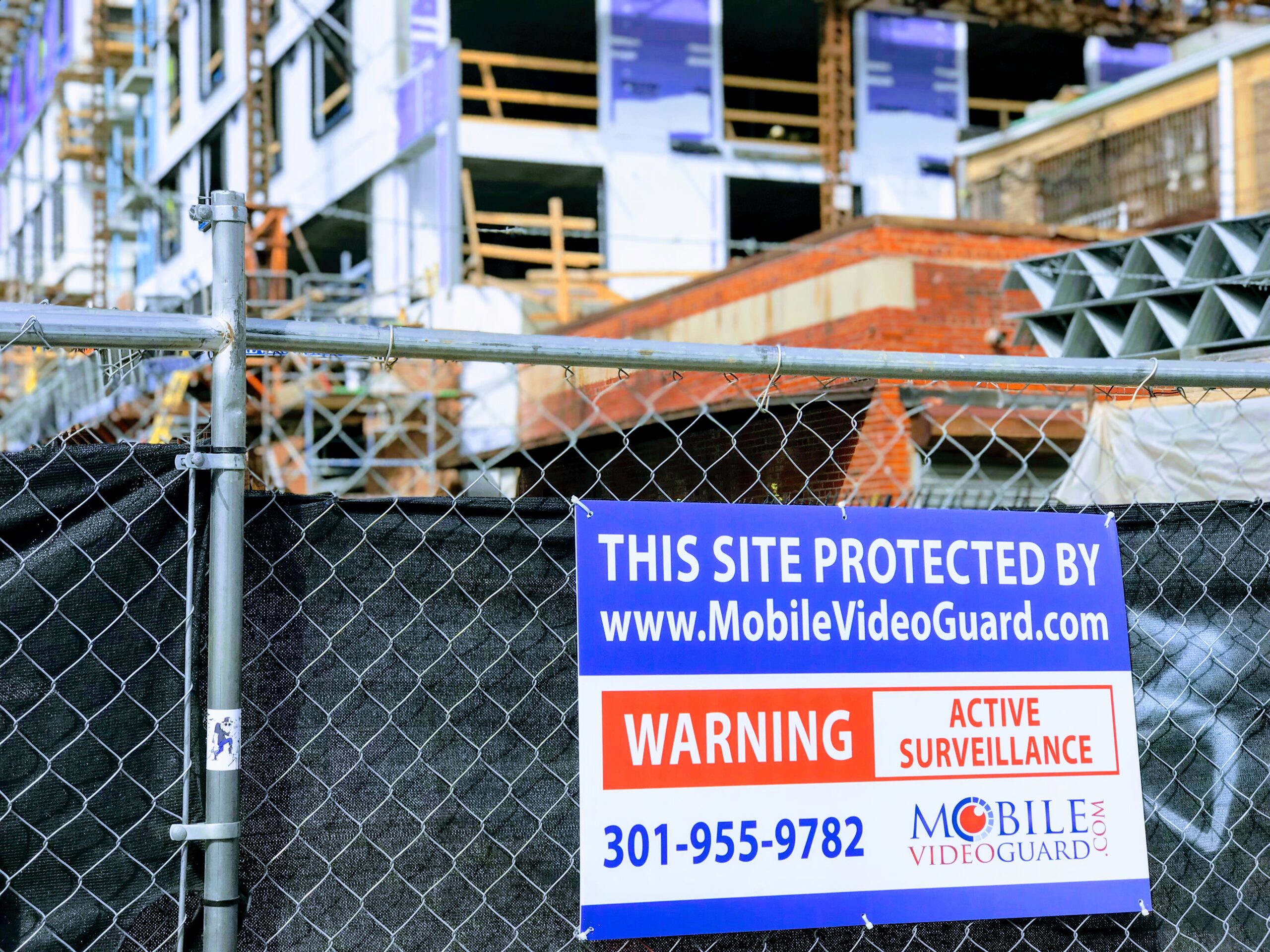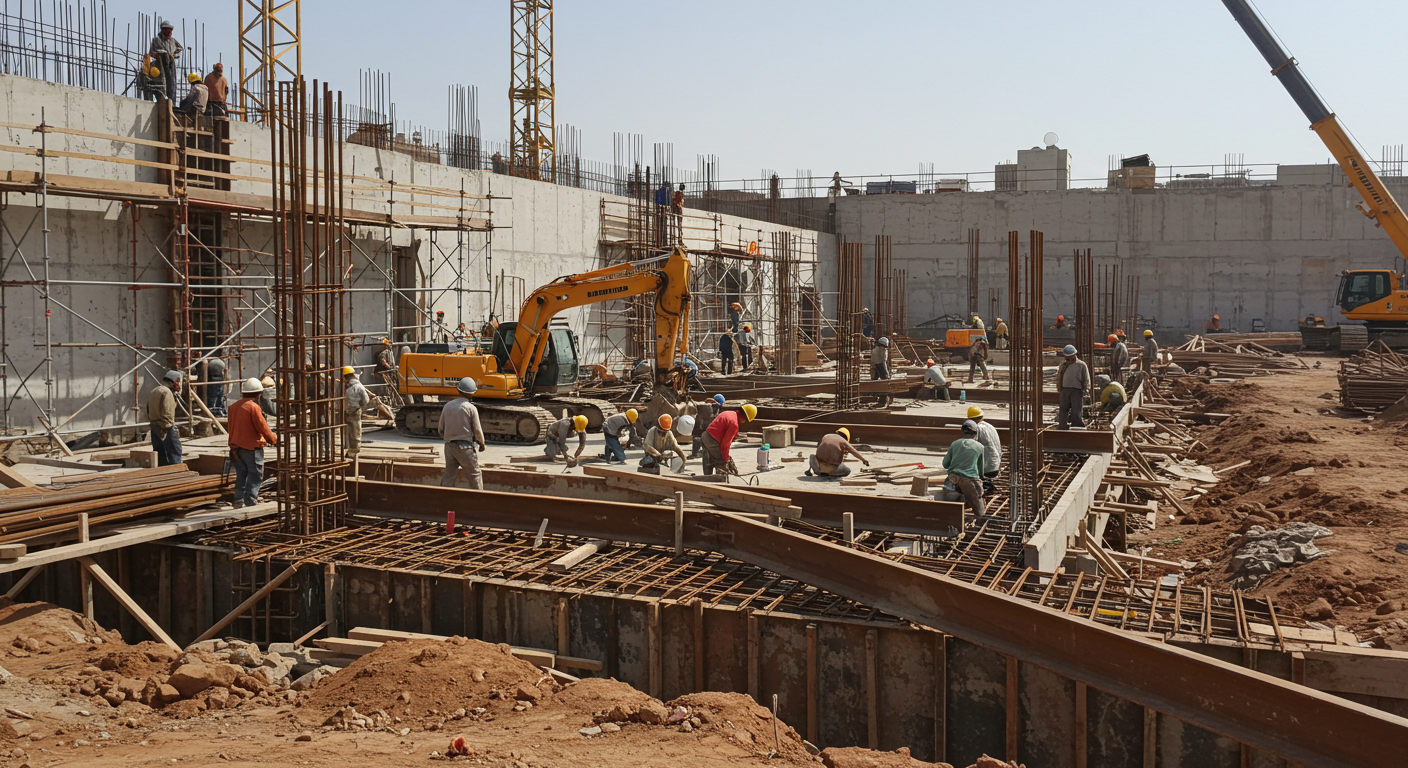The Hidden Risks: Overlooked Security Blind Spots on Construction Sites
Construction sites are dynamic environments with constantly changing layouts, materials, and equipment. But with all the moving parts, it’s easy to overlook areas that aren’t fully protected. These are your security blind spots—and they’re exactly where thieves and vandals look to strike.
Blind spots expose a job site to major risks: equipment theft, material loss, property damage, and safety hazards. Knowing where these vulnerabilities exist—and how to eliminate them—is key to a proactive construction site security strategy.
Why Blind Spots Are a Big Threat to Job Site Security
Security systems are only as strong as their weakest link. If your surveillance setup misses key areas, you’re leaving the door open to criminals.
Blind spots occur when cameras are poorly placed, lighting is insufficient, or access points are ignored. These gaps provide cover for:
- Quick grab-and-go thefts of small tools or materials
- Unauthorized after-hours entry
- Vandalism that causes delays and damages your reputation
- Insider threats, like subcontractors slipping away with valuable gear
These incidents are rarely random—bad actors often scout a site, identify weak points, and return when the site is most vulnerable.
Common Blind Spots and How They’re Exploited
Behind Trailers and Containers
Storage containers, office trailers, and dumpsters create large visual obstructions. Thieves often hide behind or even inside these structures to avoid detection.
Perimeter Corners and Fence Lines
Corners of a fence or spots just outside camera range make ideal entry points. Criminals can cut or climb fencing under cover of darkness if no monitoring is in place.
Remote Entry Points
Secondary gates, utility paths, or side entrances often lack surveillance or guards, making them easy access points for intruders.
Parking and Staging Areas
These areas are typically busy during the day and ignored at night. With little lighting or monitoring, they become easy targets after hours.
Material Storage Zones
Stacks of copper piping, lumber, or rebar are valuable and easy to resell. Without cameras watching these areas, they’re among the first things to disappear.
Solutions to Eliminate Job Site Blind Spots
Fixing security blind spots doesn’t require overhauling your entire system. It just takes smart placement and layered strategies.
Adjusting Camera Angles and Coverage
Audit your camera setup regularly. Look for gaps between fields of view and ensure important areas like entry points and storage zones are covered. Use wide-angle and pan-tilt-zoom cameras to cover larger areas with fewer units.
Deploying Mobile Surveillance Units
Mobile surveillance cameras can be quickly repositioned as the layout of your site evolves. These self-contained systems offer 24/7 monitoring, motion detection, and real-time alerts—ideal for filling in temporary or high-risk blind spots.
Check out our construction site security solutions to see how mobile surveillance cameras can adapt to your job site.
Improving Lighting in Low-Visibility Areas
Blind spots often result from poor lighting. Add motion-activated or fixed LED lights to dimly lit corners, behind structures, and along fence lines. Better visibility supports both human patrols and camera performance.
Conducting Routine Security Assessments
Make site security part of your project checklist. Walk the site at night, not just during the day, and test camera feeds regularly. Adjust your system as the site changes—don’t “set and forget” your security.
Integrating Surveillance and Lighting for Full-Site Coverage
The most effective construction site security combines lighting and surveillance. Cameras need light to capture high-quality footage, and lighting acts as a deterrent on its own. When paired, they eliminate hiding places and make it harder for intruders to go unnoticed.
For evolving job sites, mobile surveillance towers with built-in lighting offer an all-in-one solution. They’re portable, reliable, and designed specifically to handle the unique challenges of construction environments.
Need help identifying your site’s blind spots? Contact us for a custom site assessment and tailored security plan.
Conclusion: Don’t Let Blind Spots Become Breach Points
Every construction site has blind spots—but they don’t have to stay that way. By identifying and addressing these vulnerabilities early, you reduce the risk of theft, vandalism, and costly delays.
Smart adjustments to your surveillance, lighting, and site layout go a long way in strengthening your construction site security. Don’t give intruders a place to hide—fix your blind spots before they turn into breach points.
Explore the full range of solutions at Mobile Video Guard and protect your site with smarter, more adaptive security.



